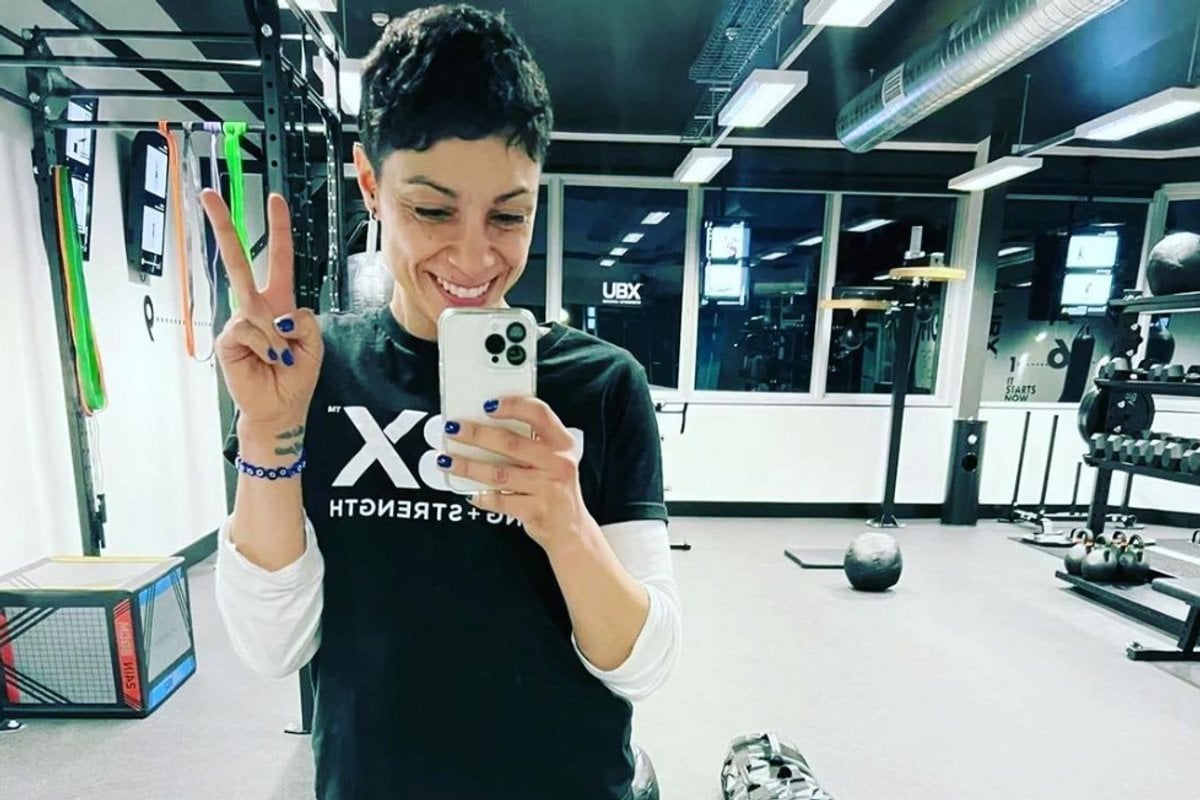
The following are general rules to ensure that your fitness regime is the benefit it’s supposed to be and not the fire-y lung combusting downfall that it’s not.
And while yes, these rules can absolutely be broken, they are deliberately conservative in nature in the absence of professional advice and supervision. (Side note: seek professional advice and supervision.)
Watch: The Horoscopes working out. Post continues after the video.
General rules of cardio.
Feeling like your lungs are going to internally combust at any moment is not the marker of a good cardio workout. It is preferable, more effective and much more pleasant to allow your heart rate to recover between bursts of higher intensity efforts.
For example, if you are going for a walk, walk for 1 minute at a faster pace than you normally would that leaves you a little breathless, followed by a period of recovery of say 2 minutes to settle your breathing before repeating these efforts.
In regards to the type of cardio you should be doing, there is no right or wrong – as long as the exercise raises your heart rate and gets you breathless. Something to be mindful of, however, is impact and repetitive movements that over time can cause overuse injuries.